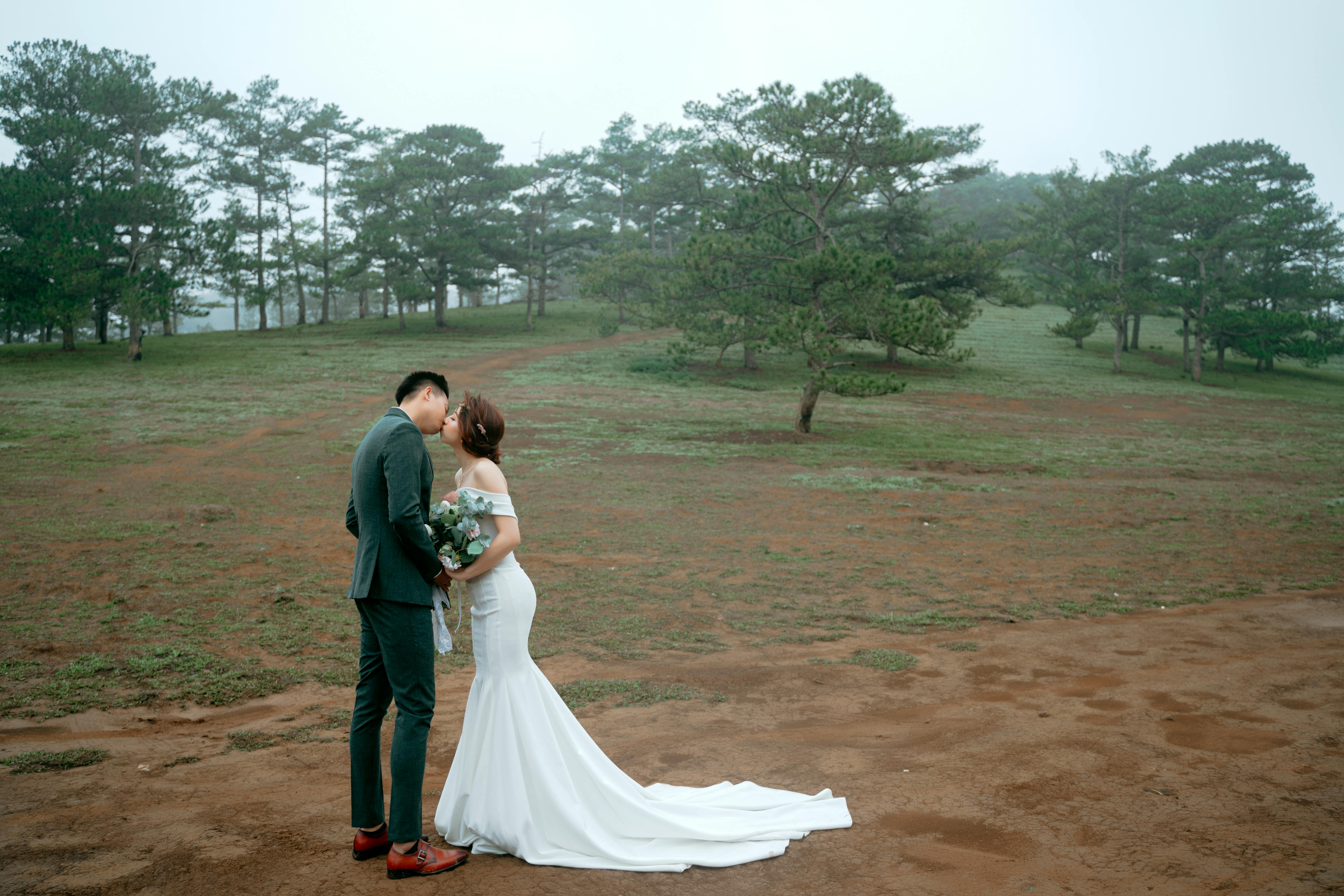With Christmas and Hanukah just around the corner, consider holiday reading activities as part of your curriculum. Post-reading activities are the least defined activities, as they are based on students’ prior knowledge and thematic reading lessons. Students can do these activities together with the class reader or individual reading about the holidays; most importantly, they should be offered a choice of activities. This allows for trust between teacher and student, and helps nurture deeper, independent reading skills.
Christmas activities after reading
1. Keep a reading journal. Students make journal entries connecting their feelings to the reading process. Students write about characters, setting, or plot, sometimes related to a personal experience. For ESL reading classes, students may be encouraged to write in their native language if they have not achieved a comparable level of written proficiency.
2. Write the end of the story.. The student is invited to write the end of the story. A creative idea: The student produces a ‘good fortune’ and ‘bad fortune’ chart for one of the central characters. This may be accompanied by explanations of the character’s good or bad fortune.
3. picture drawing Students draw and/or collect images to illustrate scenes and/or characters. Students may also use recordings and accompaniment of music and other sound effects.
Reading activities in class with a class reader
A class reader is a particular reader chosen for the entire class to read for a certain period of time. Make sure the class reader is qualified so that the text is understandable and the vocabulary is not too difficult.
Didactic suggestions. It is helpful to have the teacher read the first book aloud for all beginning or elementary classes. It is not suggested that students read aloud for fear of being ‘tested’ on pronunciation or other inaccuracies.
Procedure for working with the Class Reader
1. Get what students know about the subject.
2. Check the cover and title.
3. Use pictures to ask questions and write new vocabulary. Cover the text with a paper mask and ask the class to talk about the pictures and write down the new vocabulary as they compare their notes from the story with the text version.
4. Another way to delve into the text is to compare the text with the student’s knowledge of the text from watching a movie, play, or other performance.


